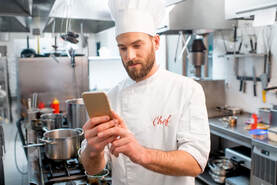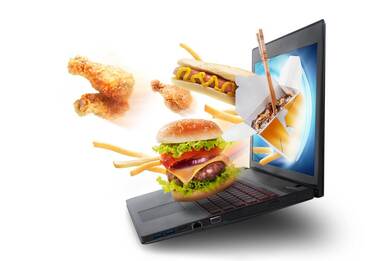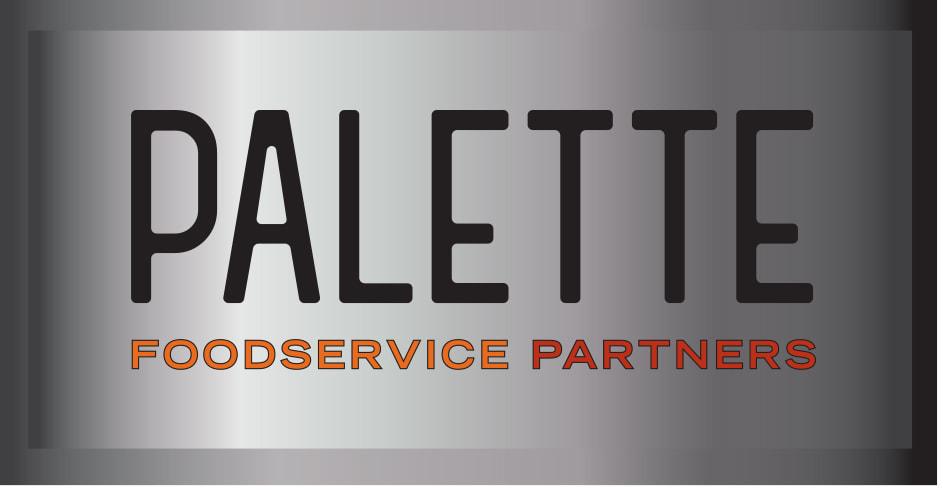 Your top 20 percent of guests are gold – and hopefully your loyalty program is already making it well worth their while to continue giving you their business. Still, there is a lot of potential in the remaining 80 percent of the guest pool, particularly at a time when even those not in your loyalty program are giving you a partial data trail to work with. Are you seizing opportunities to boost your traffic this season with visits from those guests? A recent Nation’s Restaurant News report shared that at FSTEC, the technology conference held in Dallas last fall, restaurant leaders addressed how they are trying to boost traffic by targeting the 80 percent. Responses ranged from using anonymized credit card data to track these guests and then expose them to ads on social media, to using targeted ad features paired with geofencing technology to attract guests who have the restaurant’s app. In your own restaurant, how can you use what data you have on your bottom 80 percent of guests, then identify areas that might help you nudge these people to visit? Maybe some of these guests have kids and will be looking for a snack to pick up after soccer practice – or an easy meal for a group afterwards. They could be prime targets for discounts designed to drive visits at certain times of day when you could use the traffic (and possibly be more apt to join your top 20 percent of guests as a result).  As curbside pickup gained momentum during the early months of the pandemic, many restaurants adopted geofencing technology to track customers driving to the restaurant to collect their food. While the tracking information helps restaurants coordinate the prompt delivery of orders to the curb and also helps them target customers in the vicinity of the restaurant with coupons and promotions, geofencing provides additional customer-side benefits too. More delivery drivers are now being equipped with their own devices that enable customers to not only track the status of their order but to trace its path. It’s another way some restaurants are trying to enhance transparency and service at a time when consumers need more incentive to spend.  You’re likely having more guests passing through your restaurant – in person and via delivered orders – than usual at this time of year. The added pressure on your staff can cause errors to happen more easily, and if those errors involve a menu item being inadvertently given to an allergic guest, it could pose a major problem for your business. Lean on tech tools to keep everyone on track when things get busy. A recent report from Restaurant Technology News suggests using tech tools to get real-time food safety reminders and updates to employees via their smartphones. It can help them keep critical information in mind and help you address any problems with noncompliance right in the moment. Your technology can also help you keep track – of order accuracy, ideal staffing levels, and performance. Collecting data in all of these areas will help you more readily identify where your weaknesses are.  Artificial intelligence is set to transform the front and back of the house – both out of efficiency and, due to the labor crunch, necessity. It can help operators manage inventory, monitor waste, identify staffing inefficiencies, adjust production pacing and direct more targeted menu suggestions to guests. But as futuristic as it sounds, it’s only an extension of (and as good as) the data your business has collected about these parts of the operation. Even if your restaurant has no plans to adopt AI tools, it’s important to be able to collect real-time data to build a stronger base for the decisions your business makes day to day. In practice, that could mean tracking sales of each menu item in real time so you’re aware of which customers are ordering them when, if they’re returning for them repeatedly, and if they might pay more for a premium special or cocktail designed with that item in mind if they receive a targeted offer from you beforehand. |
Subscribe to our newsletterArchives
April 2024
Categories
All
|



 RSS Feed
RSS Feed